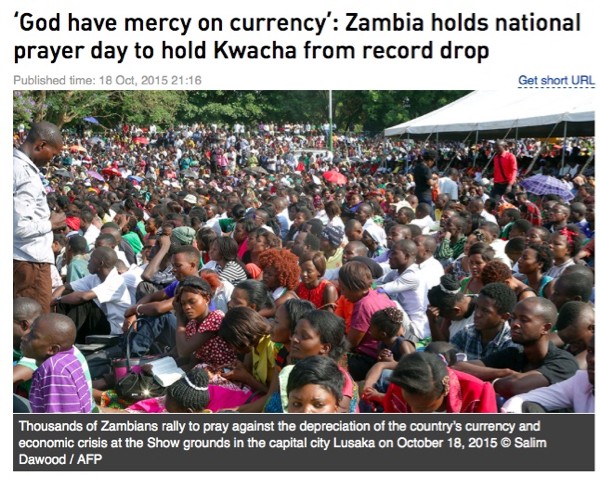Beyond the Bike

I’m writing this from the historic city of Malacca in Malaysia, overlooking arguably the most important bit of sea for global trade over the last 1000 years. However, more on this later as I’m reverting in this blog back to Zambia, mainly for teachers and learners focusing on the OCR pre-release. So if you’re not interested in Zambia or teaching OCR this year, feel free to wait for the next update! Having taught the OCR syllabus for 6 years and spent 6 months in Zambia over that period, I thought it would be useful to add some thoughts on the pre-release, linking with Tutor2U’s excellent resource pack. Moreover, if any teachers want to skype me into their classroom, get in touch and we’ll try and sort out a time over the next few weeks!

Kwacha on the run….
I concluded my last blog suggesting that this week I’d be exploring the role of China in Africa using Zambia as a case study. However, my conversations since stepping off the MV Liemba, whether with roadside tomato sellers, farmers, mining executives or indeed Chinese businessmen, haven’t strayed far from the currency. The Kwacha value against the dollar has halved in the last 2 years, with the majority of the depreciation coming in the last 6 months (chart below). And when an economist with more than 40 years experience in Zambia tells you that the underlying economic crisis, caused by a perfect storm of three deficits, is shaping up to be the worst he can remember, the Chinese blog can wait…
Although Adam Smith delved into religion in his 1776 Wealth of Nations, mainstream economists have historically stayed clear. This has recently changed[i] and as I cycled through the Holy Land back in April with fellow economist & stoker Mike Biggs, we reflected on whether economics can be used to analysis religious activity and, perhaps more interestingly, whether religion can help to explain regional differences in economic development[ii]


